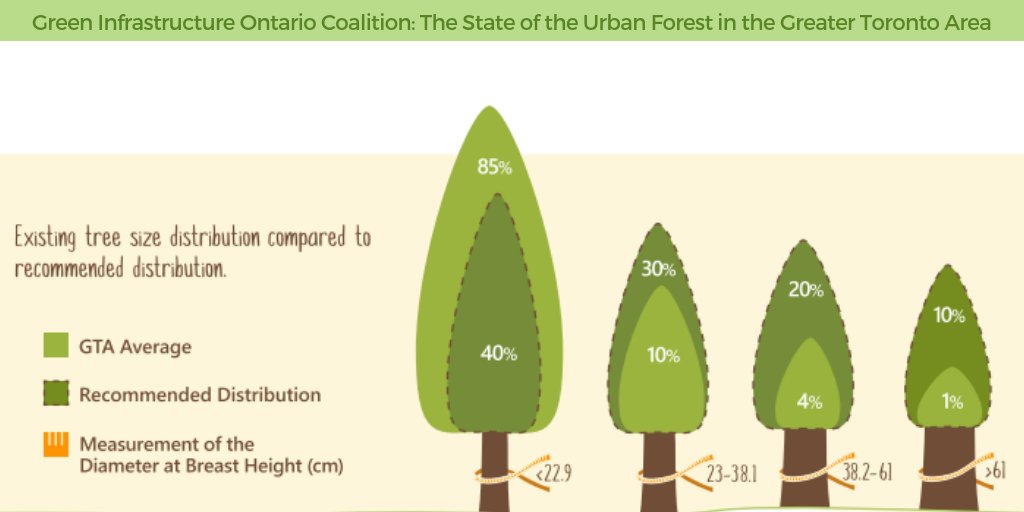Indications It's Time To Get Rid Of A Tree - A Home Owner'S Overview
Indications It's Time To Get Rid Of A Tree - A Home Owner'S Overview
Blog Article
Composed By-Churchill Conway
Trees add appeal and worth to residential or commercial property, but they can likewise posture a threat throughout severe weather events. If a tree has quit expanding, is showing noticeable fungal development, or has a leaning trunk, it needs to be gotten rid of by a specialist to avoid property damages and injury.
To find out more, participate in a house owner resource reasonable co-hosted by HPD, the Facility for New York City Neighborhoods, and Brooklyn-based housing partners this evening in Bedford-Stuyvesant. The event will certainly feature the Homeowner Handbook, a new overview to aid home owners navigate the duties of owning a home.
1. recommended or Perishing Branches
Trees are an integral part of your home's landscape, offering color and charm. They also offer shelter for wildlife and produce oxygen, however also healthy and balanced trees can experience illness that might demand their removal. Dead or dying trees aren't just unsightly, they can be hazardous. Their branches could drop throughout a tornado, leading to costly home damage and injuries.
When a tree's branches begin to pass away, it suggests that its framework is starting to break down. If the majority of its branches are dead, it is most likely time to remove it.
Look for an absence of new growth, bark peeling, open injuries or cavities, fungis growing on the trunk or origins and a basic appearance of degeneration in the entire cover. These signs of infection can suggest a severe trouble that will certainly need expert tree services to deal with.
2. Leaning Trunk
While it's normal for trees to lean every so often as a result of phototropism, if a tree has a hazardous or extreme lean that's not as a result of natural processes - maybe an indicator that the tree requires to be eliminated. If the tree is favoring a high-voltage line, home, automobile, play framework or any other location that could be hazardous to individuals if it falls, after that getting in touch with a specialist tree solution for elimination must be a top priority.
It's also important to expect any kind of sudden changes in a tree's leaning as it can indicate damages to the origins or trunk that may cause dropping. This is particularly true during stormy weather, since high winds and rain-soaked dirt can create a lean to change rapidly. wichita tree service tracking, specifically throughout and after storms can help property owners acknowledge potential issues with their trees so they can call an arborist for a detailed assessment.
3. Parasite Invasion
Some pest problems, such as wood-boring bugs like emerald ash borer or sap-suckers like scale bugs, are so extreme that they can trigger a tree to die. The most effective means to prevent pest invasion is to monitor your trees often. Try to find places, openings, or discolorations in the fallen leaves and bark. Take a look at the trunk for fractures and indicators of insect damage, such as passages or tracks.
If a tree becomes also ravaged with pests, or is close to a home or high-voltage line, an arborist might advise removal. If a leaning tree creates a new, unpredictable lean, an arborist will likely suggest elimination too to ensure the safety of individuals and property. If a weakened or dead tree continually sheds too much branches, it is an indication that it is time to get rid of the tree. If a tree remains to lose branches for a prolonged amount of time, it could result in structural troubles and prospective property damages.
4. Harmed Trunk
Trees are a lovely and integral part of our landscape, but they do require normal care to keep them healthy and balanced and secure. If a tree is damaged beyond repair it is likely time for it ahead down.
Seek indicators of damages to the trunk, including upright fractures, joints, dead branch stubs, visible injuries or open dental caries and severe tree-rot. The visibility of fungis at the base of the trunk is an additional cautioning indication. Fungi may suggest that the phloem and xylem (life-support tissues) are compromised, enabling the spread of condition or a future failing.
Likewise, consider whether the tree has actually stopped expanding. Healthy and balanced trees will have brand-new growth annually, which may be visible as buds or branches growing and extending. If you don't see any kind of brand-new growth, it's a good idea to have an arborist review the tree and follow their recommendation for elimination. A dying or damaged tree can drop and cause residential or commercial property damages.